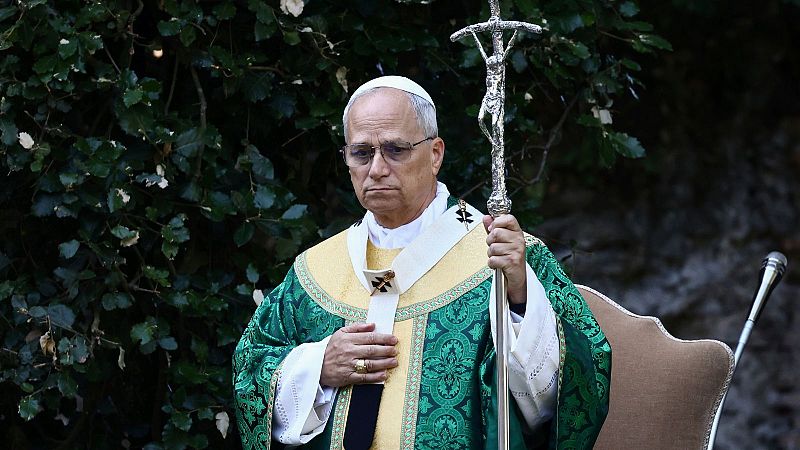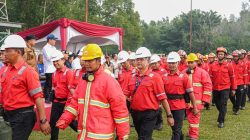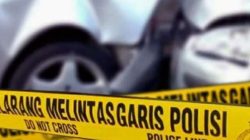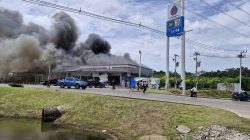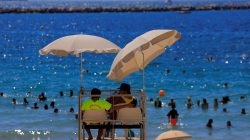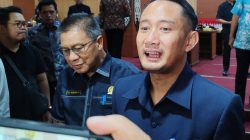A New Era of Environmental Stewardship in the Vatican
Pope Leo XIV recently conducted what is being referred to as the first “green” papal Mass, marking a significant step in the Vatican’s commitment to environmental care. The ceremony took place in the gardens of the Vatican’s new ecological educational center at the papal summer residence in Castel Gandolfo. This event reflects a clear continuation of the environmental initiatives started by Pope Francis, who made the protection of the planet a central theme of his papacy.
The private Mass was held for the Laudato Si Center, named after Pope Francis’ 2015 environmental encyclical. In this document, the first pope from the Global South criticized the exploitation of the Earth and its people by wealthy nations and corporations for profit. The new Mass formula, approved by Pope Leo XIV, focuses on the care of creation and has been added to the list of 49 specific Masses developed over centuries for particular needs or occasions.
Ecological Legacy and Climate Advocacy
Pope Leo XIV, the first US-born pope in history, has expressed his intention to build upon the environmental legacy of his predecessor. With a background as a missionary in Peru, he has witnessed the direct impact of climate change on vulnerable communities. He has already spoken out about the need for climate justice, especially for Indigenous peoples.
In a recent message for the church’s annual day of prayer for creation, Pope Leo XIV condemned the “injustice, violations of international law, and the rights of peoples, grave inequalities, and the greed that fuels them.” He directly attributed climate change to human activity, emphasizing that the destruction of nature disproportionately affects the poor, marginalized, and excluded.
A Commitment to Sustainable Energy
Another indication of Pope Leo XIV’s environmental commitment is his plan to advance one of Pope Francis’ most significant ecological projects: the development of a 430-hectare solar farm in northern Rome. This initiative aims to generate enough electricity to meet the Vatican’s needs, making Vatican City the world’s first carbon-neutral state.
The project requires an investment of nearly €100 million and needs approval from the Italian parliament due to the Vatican’s extraterritorial status. Last year, Pope Francis tasked a commission with developing the Santa Maria di Galeria site, which had previously been controversial due to electromagnetic waves from Vatican Radio towers. Pope Leo XIV visited the site in June and described it as a “wonderful opportunity.” He emphasized the importance of taking care of the entire creation, as taught by Pope Francis.
A New Chapter in Vatican Environmentalism
Pope Leo XIV celebrated the Mass during the early days of his vacation at Castel Gandolfo, a hilltop town overlooking Lake Alban, located in the cool hills south of Rome. He arrived on Sunday and will spend an initial two weeks there before returning to the Vatican and then heading back in August.
This move underscores the Vatican’s ongoing efforts to address climate change and promote sustainable practices. By integrating environmental care into religious rituals and investing in renewable energy, the Church is sending a powerful message about the importance of protecting the planet for future generations.
The continued emphasis on ecological responsibility within the Vatican highlights a growing awareness of the interconnectedness between faith, justice, and the environment. As Pope Leo XIV moves forward with these initiatives, the global community watches closely, hoping for a renewed commitment to sustainability and environmental stewardship.

